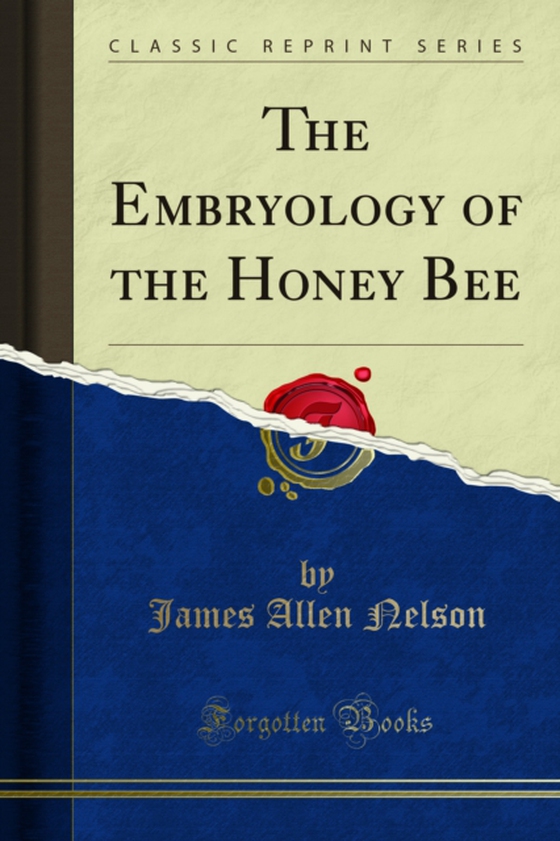
Embryology of the Honey Bee e-bog
85,76 DKK
(inkl. moms 107,20 DKK)
Whilst the greatest effort has been made to ensure the quality of this text, due to the historical nature of this content, in some rare cases there may be minor issues with legibility. The good bee keeper is he who is interested not only in those things which have to do directly with the production of honey but to whom everything pertaining to honey bees has a deep interest. This is shown by th...
E-bog
85,76 DKK
Forlag
Forgotten Books
Udgivet
27 november 2019
Genrer
Biology, life sciences
Sprog
English
Format
pdf
Beskyttelse
LCP
ISBN
9780259677208
Whilst the greatest effort has been made to ensure the quality of this text, due to the historical nature of this content, in some rare cases there may be minor issues with legibility. The good bee keeper is he who is interested not only in those things which have to do directly with the production of honey but to whom everything pertaining to honey bees has a deep interest. This is shown by the fact that the anatomy of the adult bee has been much studied by practical bee keepers. Aside from the fact that from the egg there emerges in three days a small white larva, no knowledge of the wonderful changes which occur in that small compass is available, while in comparison with the changes which occur, the rather fixed structure of the adult insect seems simple. In this paper is presented to the beekeeping public, as well as to those whose interests are more scientific, the most thorough account of the complex development of the bee egg yet published and to those interested in bees no apology for investigations of this kind is needed. It is of interest to the bee enthusiast, for, while possibly he may not fully appreciate all the details discussed, he will assuredly want to take such facts as his training will permit.<br><br>From another standpoint work of this kind is needed. All practical work with bees rests on a foundation of bee activities, to an extent usually not recognized. This is because with few other animals with which man deals is it so imperative that the normal behavior be followed. A study of bee behavior can progress no farther than our knowledge of the structure of the bee has gone and anatomy therefore becomes indirectly a vital thing to the bee keeper. Adult structure cannot be adequately understood without a study of comparative anatomy and especially of development. While the developmental studies are therefore several stages removed from the practices of the apiary, they are nevertheless of importance and the bee keeper will welcome this addition to the foundations of his chosen industry.
 Dansk
Dansk

